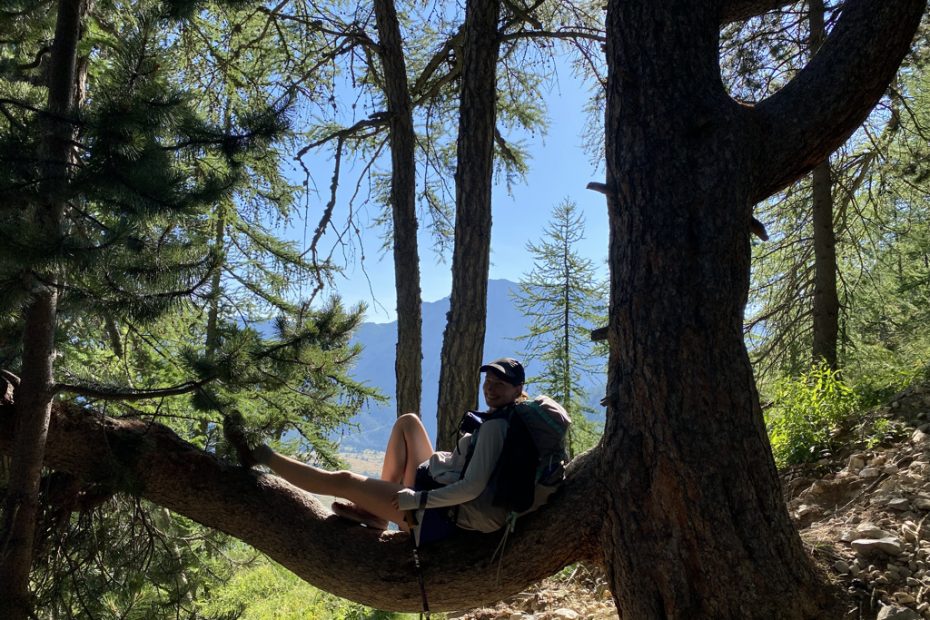Together with my boyfriend, I walked GR5 in the summer of 2021. GR5 is a long-distance trail from Geneva lake to Nice spanning more than 650km through the French Alps. It took us 28 days of hiking + 3 rest (including sick) days. We camped half of the time and cooked our own food when camping.
In this post, I’d like to share with you my reflections on this adventure: what I liked about this hike and what to keep in mind in case you are considering walking GR5 as well.
What I liked about the GR5 trail
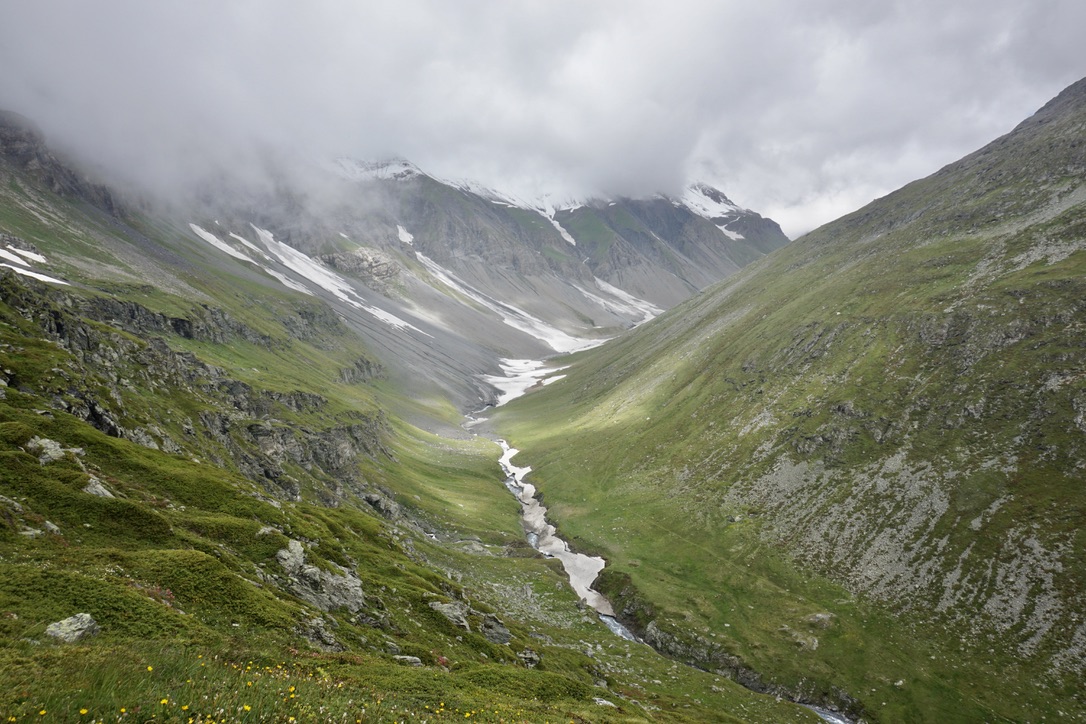
The scenery
It’s a hike through the French Alps, showcasing some of the most beautiful sections of France, so you’ll be treated well during the whole trail. What I liked the most, is the diversity of landscapes we passed. Every few days we saw a different region with its own characteristics and unique beauty. Not only did it make the whole trip dynamic, but also created a feeling of progress as we moved from region to region.

Flexibility in terms of itinerary, accommodation, and food
Itinerary: this trail has several alternative routes to choose from, even the start and finish points. These choices allowed us to adjust our itinerary when needed, e.g. when we lost two days due to sickness, we could still finish the whole trail as we changed our route. This flexibility also works well if you want to quit mid-way or just hike a section.
Accommodation: every hiker will find their type of accommodation on GR5. Camping fan? Wild camping is allowed almost everywhere and there are many campsites in the valleys. Hate camping? No problem, there are plenty of mountain huts and gîtes along the way. In search of more comfort? As you’ll pass several towns, there will be plenty of hotels to choose from.
Food: similar to accommodation, food is also not a problem on GR5. Even if you’re cooking your own food, there’s no need to carry food for more than 2-3 days as you’ll come down to the valley, where you can resupply. If you’re not into cooking, the many mountain huts on the way will be a great option for lunch or dinner (if you’re staying in a hut). There are also plenty of restaurants in the valleys.
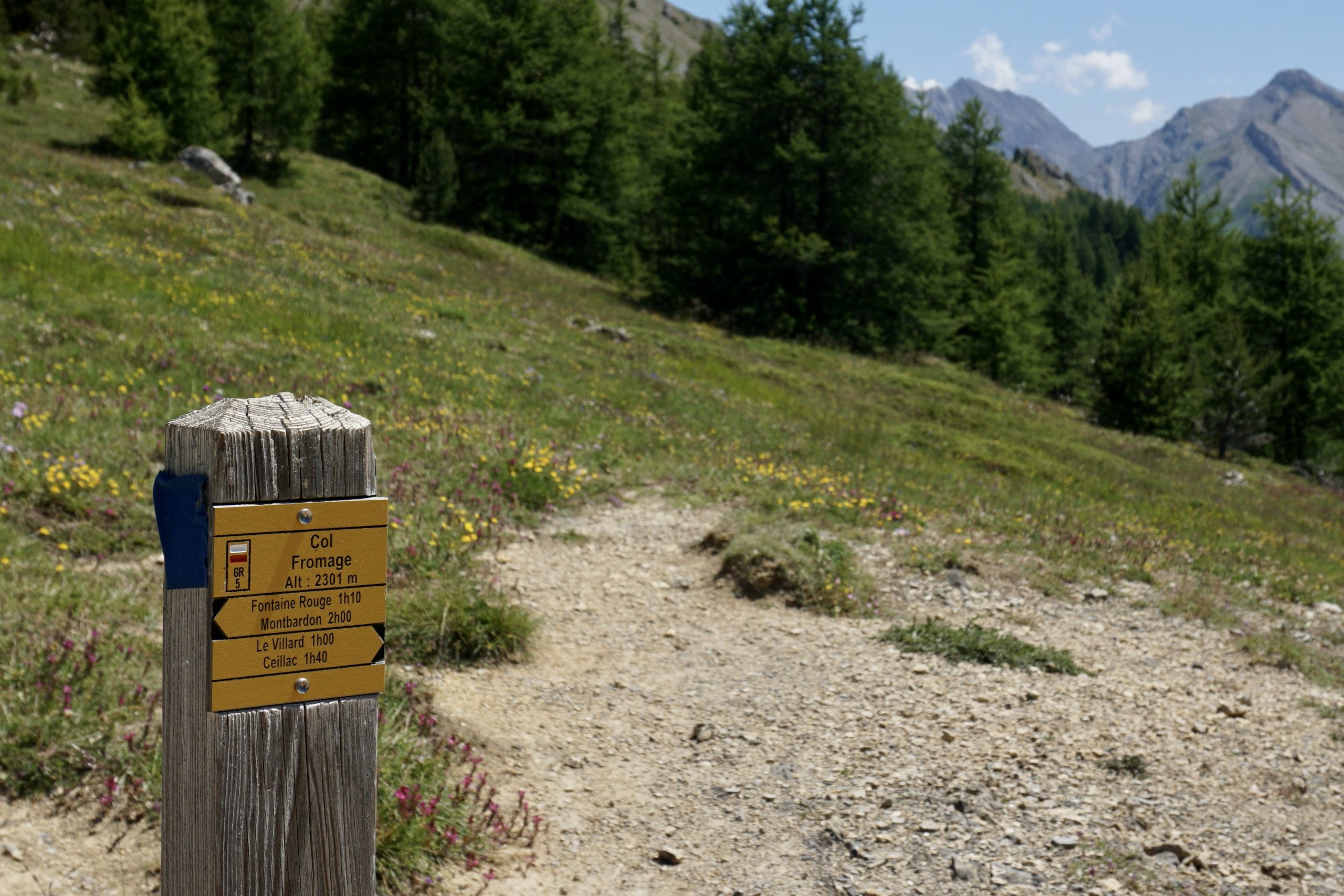
Easy to follow and well-marked trail
In general, France is awesome for hiking due to its great trail marking system and GR5 is no exception. As it is one of the grand walks, you’ll be following red-white markers all the way to Nice.
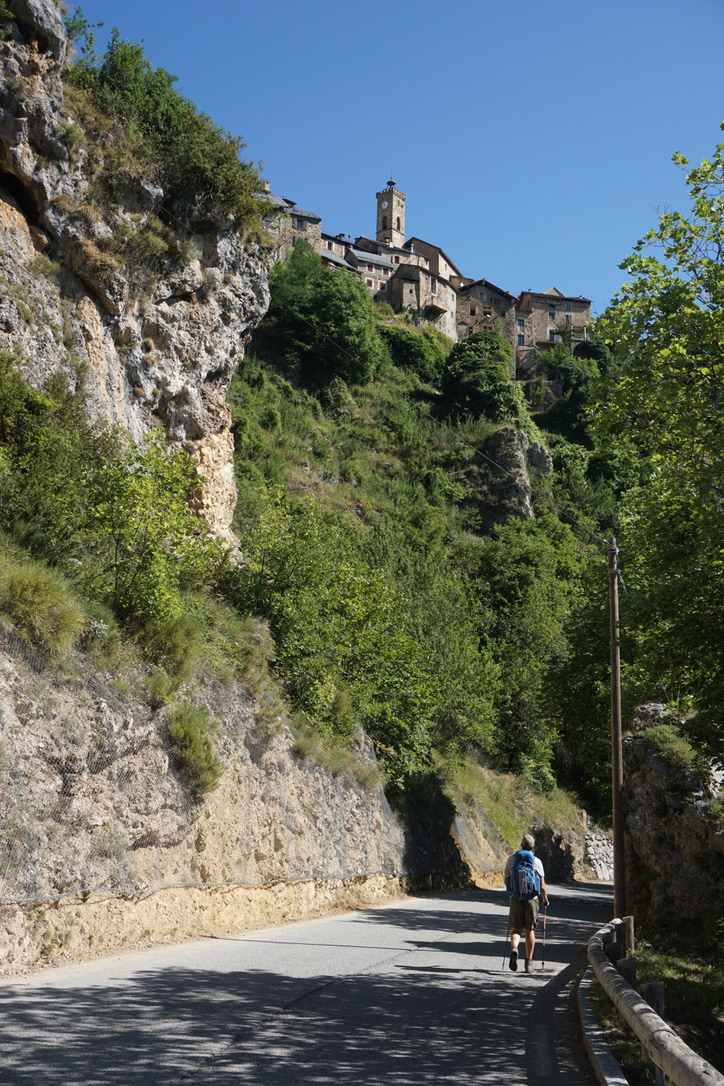
Very little road walking
For a trail that spans more than 650 continuous kilometers, it has very few walks on a road. These sections are usually no more than 1km and go through mountain roads that tend to be not very busy with cars.
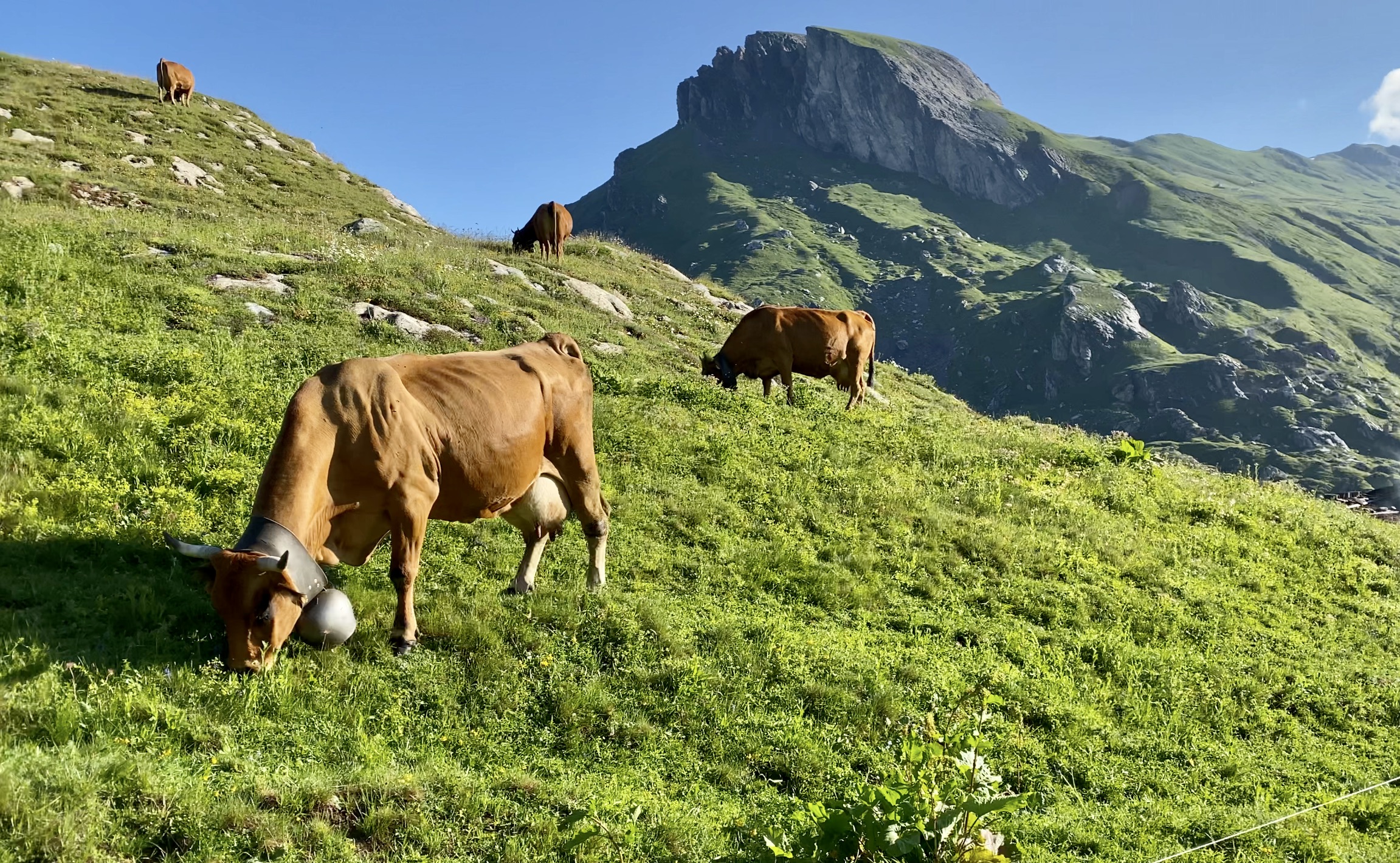
Friendly locals
Most of the people we met on the trail were friendly and helpful. Maybe it’s the chilled valley mentality, I don’t know, but I always felt welcome no matter if I go to a bakery or a mountain hut. In one mountain hut, I got into a conversation with a warden and found out that he’s been to Lithuania to play basketball. He could still remember the impossible city names: Kėdainiai and Panevėžys! 🙂
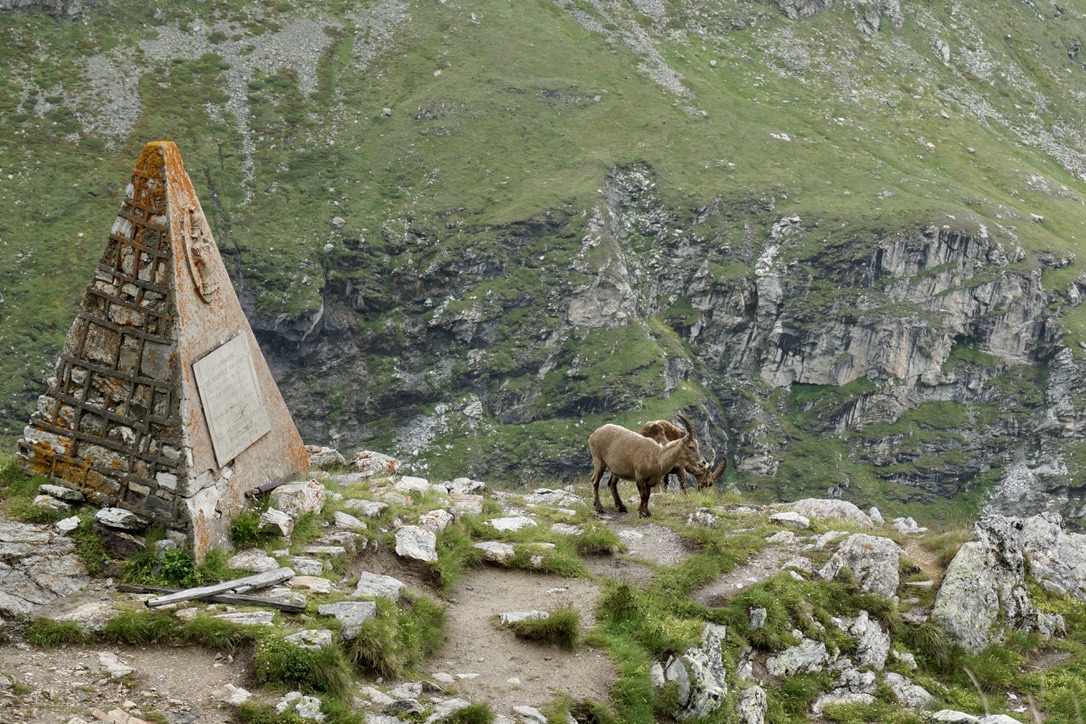
Safety
I’d say GR5 is a very safe trail to hike when it comes to wild animals. We only met a few mountain goats and marmots. As far as I know, big predators such as wolves or bears are very rare in French Alps and keep their distance from people.
The only other big animal you should definitely consider is a sheepdog, also known as Patou. These dogs are raised to protect their sheep flock from any danger. They might consider you a danger and start intimidating you by coming towards you while barking loudly. To prevent yourself from any unpleasant experience, you should:
- Keep calm, don’t shout back at the dog or wave your hiking sticks. You’re just a peaceful passer-by here.
- Walk around the flock while creating a sufficient distance. Do not split the flock, that’s a no-no for a Patou.
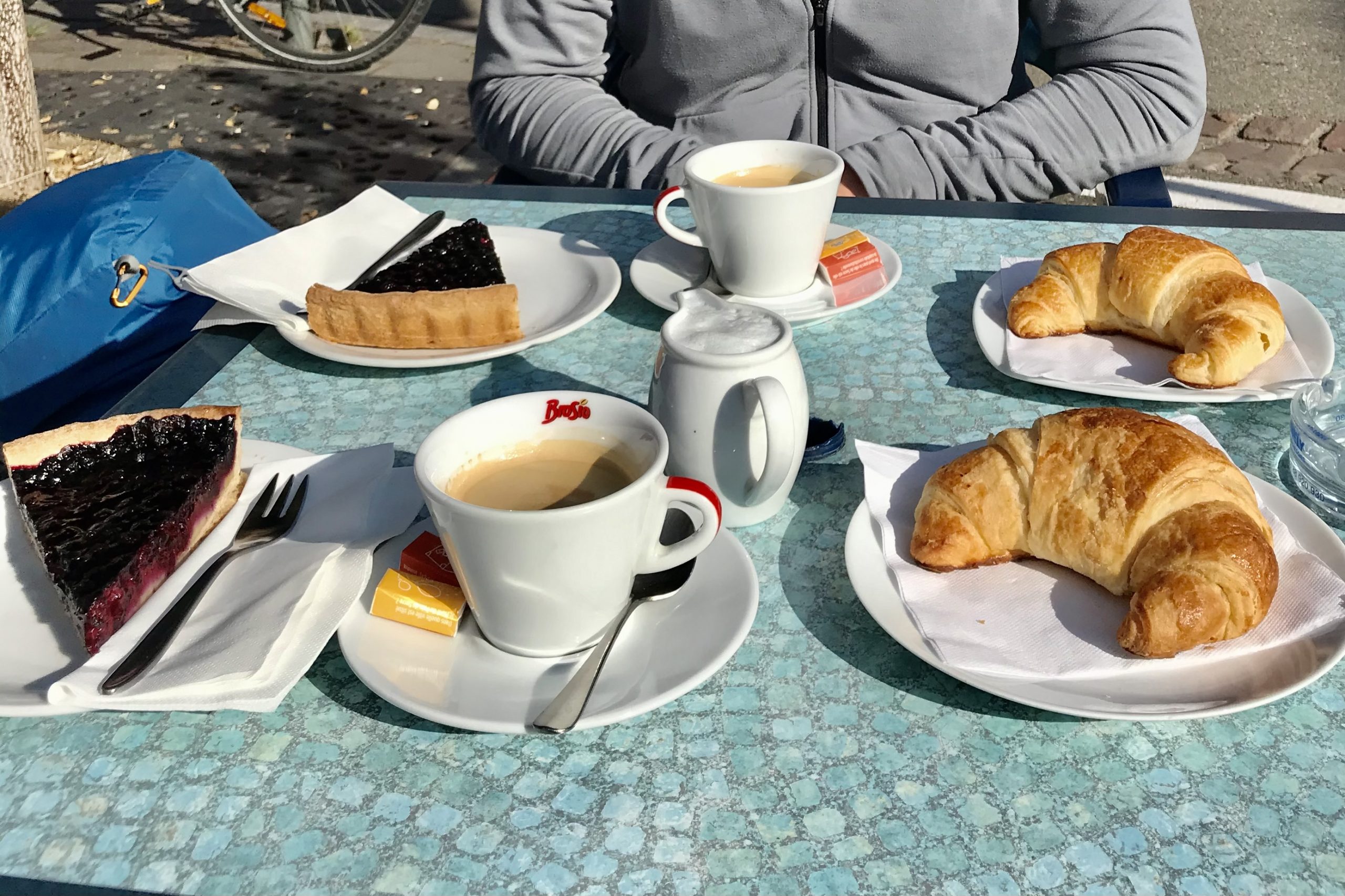
(Almost) unlimited supply of French pastries and bread
I’m pretty sure that the French have some unwritten law that every person has a basic right to get fresh bread in the morning. Which means that every little village has a bakery. If there’s no bakery, the bread will still come. No kidding. In the campsites that are a bit off the town, you can order fresh bread. If the campsite does not provide the bread-ordering service, then very likely in the morning there would come a little bakery van with fresh bread. Voilà! The only place where you cannot get fresh bread is at the top of the mountains.
What to keep in mind before hiking GR5
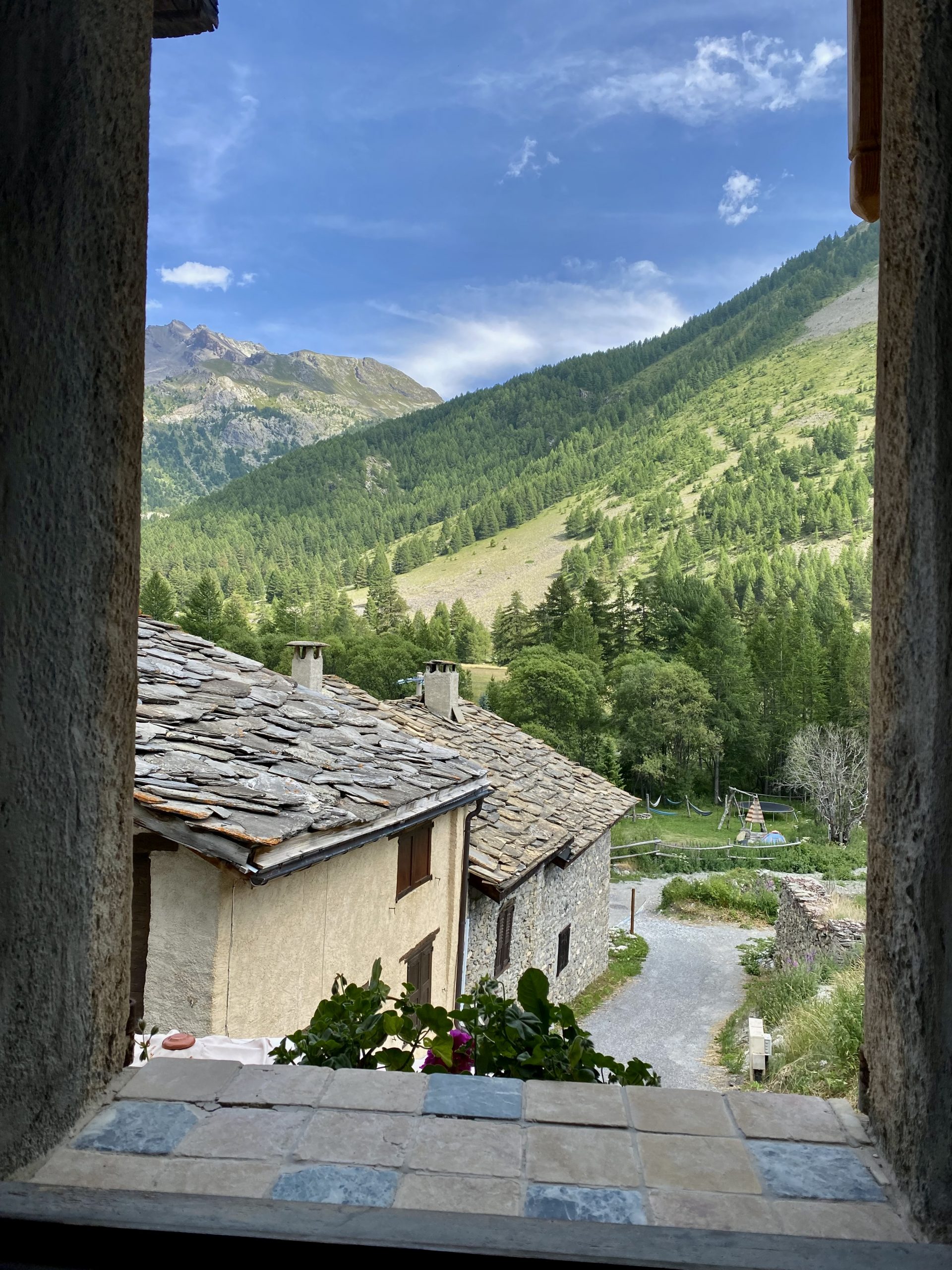
It is an expensive trip
Well, it’s one month of hiking and during such a period, daily expenses accumulate, however small they may be. Even if you camp every single day (unless you wild camp) you’ll be spending 15 - 20 Eur per night on accommodation alone, which over 30 days would be 450 - 600 Eur. And then you also need to add food, maybe even some unexpected expenses (e.g. if a piece of gear breaks).
Besides, the Alps are not cheap. Groceries in the little mountain villages cost roughly double compared to a city supermarket. The food in the mountain huts can be pricey too for budget-conscious hikers.
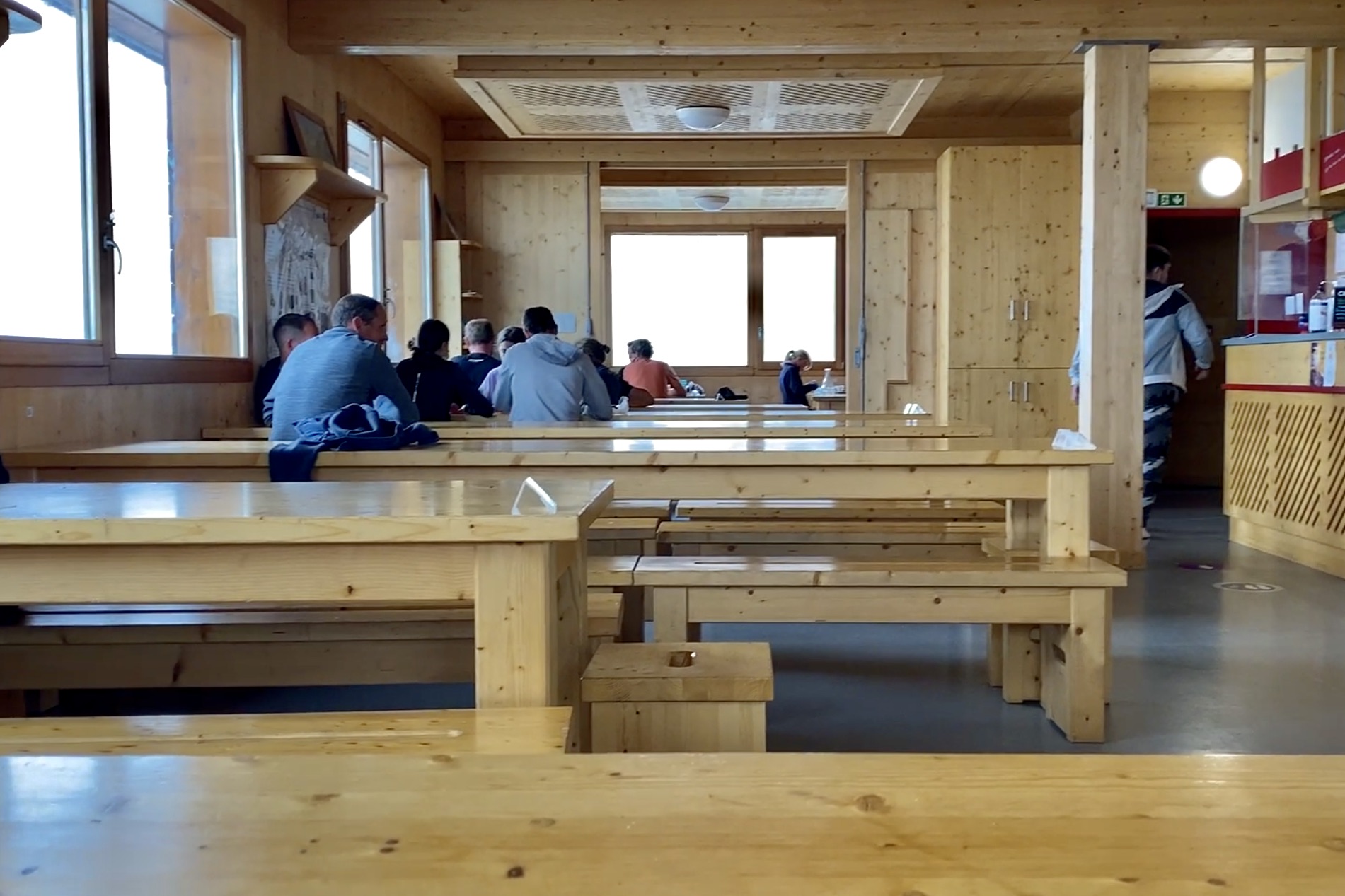
Socializing is not easy
Due to all possible routes and variants, not many people follow the same trail as you. We’ve met quite a few hikers and with some, we’d occasionally meet on the trail, but that never lasted more than a few days since other hikers were following a different path. There are also quite a few popular day hike sections or parts of a trail that are shared with other hikes, so everyone on the trail has their own agenda.
Besides that, the vast majority of hikers are French and many of them prefer speaking their own language. We did get to chat with a few of them, so as a foreigner you’re not fully isolated. The language barrier was the most prominent in the mountain huts as French would “naturally” sit with other French and talk in French.
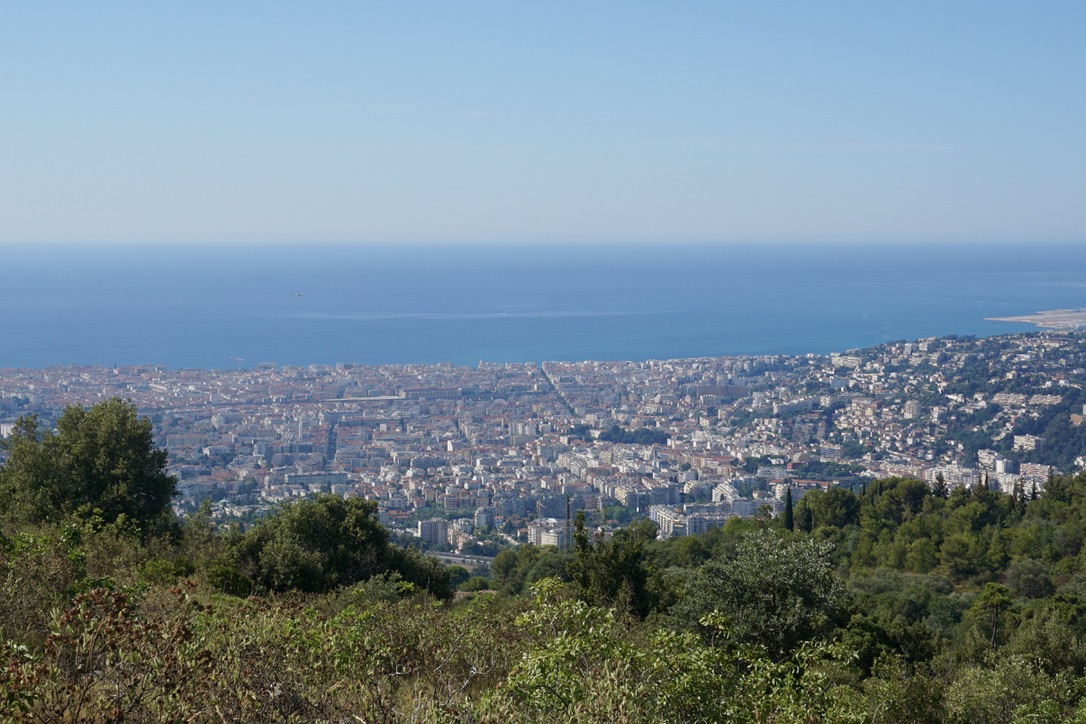
Ending in Nice is a stark contrast to the whole hike
After one month of mountains and villages and peace and quiet, we descended to Nice, home to almost 1 million people. It’s the 7th most populated city in France. And it’s a beach city, not a backpacker’s Mecca. If we weren’t pushed by time, we would have hiked to Menton, which is a much more quiet town and less in contrast to GR5 rhythm. I’m not saying Nice sucks, it just feels like a complete opposite from what we were used to on GR5.
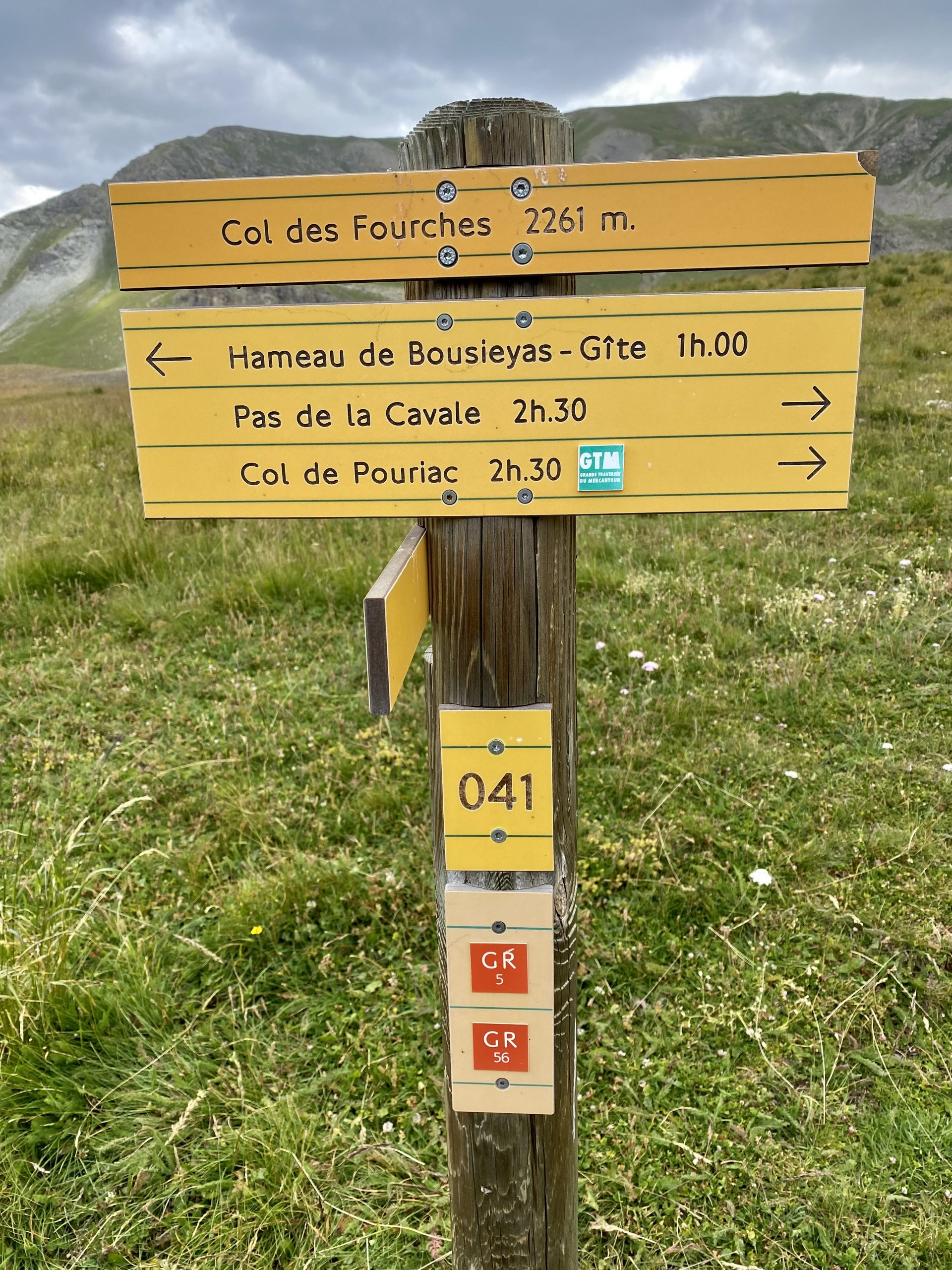
GR5 “branded” markings are there, but not consistently
While you’ll be following red-white markers all the way to Nice, these markers are not always followed by a GR5 sign. The signposts often would indicate points to reach instead of a trail, e.g. there will be a sign to Pralognan instead of GR5. Therefore, you do need to know what is your destination or points to be passed on a particular day.
I’m making this point only because some famous trails actually have a “branded” marking. For example, Tour du Mont Blanc (TMB) has specific TMB markings on every signpost, making it super easy to follow the trail.
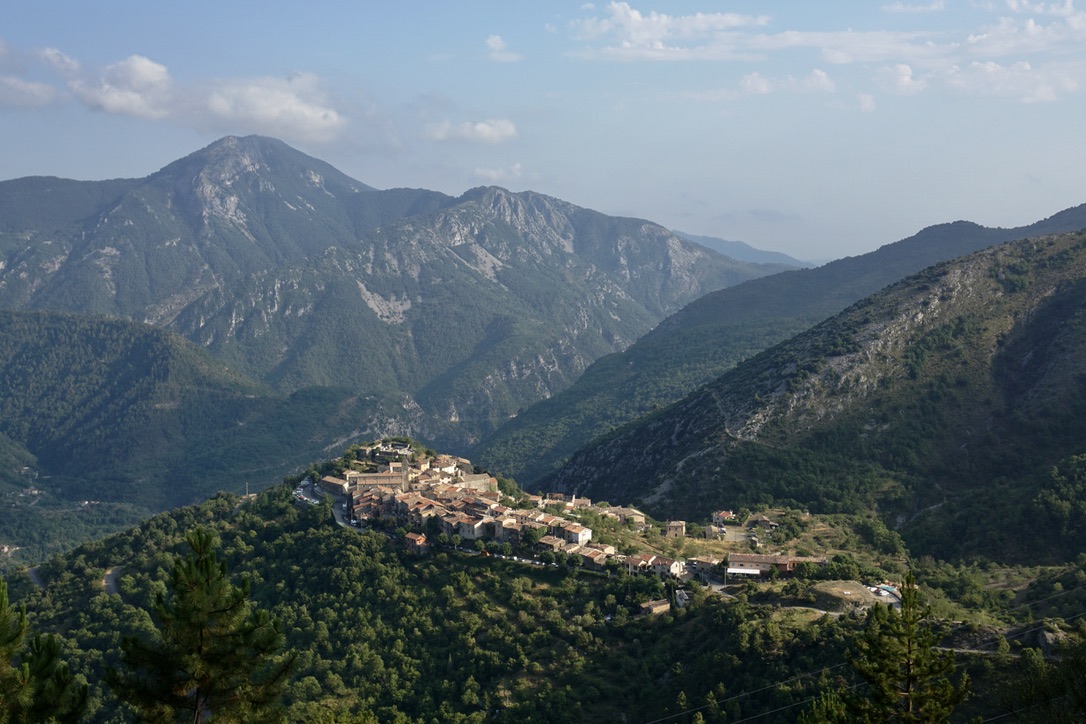
The trail is not very remote
GR5 is always a few hours away from any point of civilization (e.g. mountain hut or a farm). While I sometimes really appreciated the option to fall back into the comforts of civilization (e.g. a real bed), GR5 is not for someone looking for a getaway into the wilderness. Don’t get me wrong, it’s mostly not crowded (not like TMB, with which we shared a trail for 1,5 days) and we often hiked alone for 1 – 2 hours, but it’s not like Kungsleden where you might meet only a few people during the whole day.
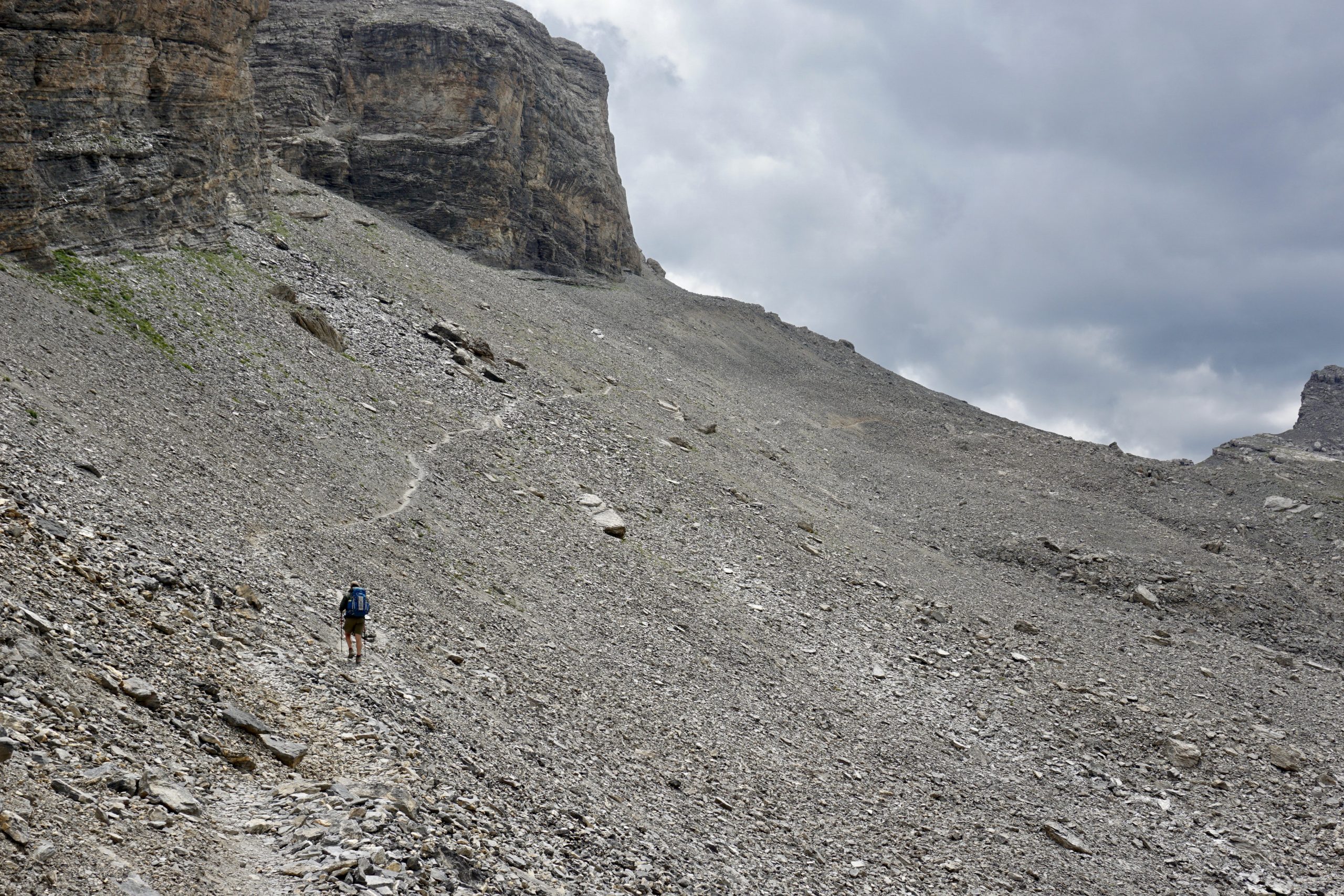
It is a decent physical challenge to say very modestly
Not sure if I need to enforce this message further, but just in case you’re doubting, GR5 will be a classic long-distance trail through the mountains. Every day you’ll go up and down a mountain (or even a few), on average you’ll hike more than 20km and will experience 1200m elevation gain/loss. And you’ll do this on daily basis for a few weeks. I would not recommend it for total beginners, it might be good to start with a 7 - 9 day trip instead before embarking on GR5.
A few practicalities:
- Cash: some places accept only cash, so have some euros just in case.
- Phone signal: most of the days we had internet and phone signal with an exception of a few remote sections (usually within national parks, once deeper in the mountains)
- Wild camping: in France, wild camping is allowed above the tree line, except for a few protected areas (e.g. Mercantour national park).
- Language: we were often able to communicate with the locals in English (or find the one person in a restaurant who can talk English), but I would definitely recommend learning some “survival” French. In less popular sections most of the locals will not speak English.
- Personal lesson: camping in high places is beautiful, but you might hardly sleep due to the wind.
If you are curious about what our itinerary looked like, where we stayed, what gear we took, and how we experienced each day, I’ve written a separate GR5 guide page with all this information in there. Needless to say, if there’s anything you’re still missing or if you have any questions, leave a comment below!
